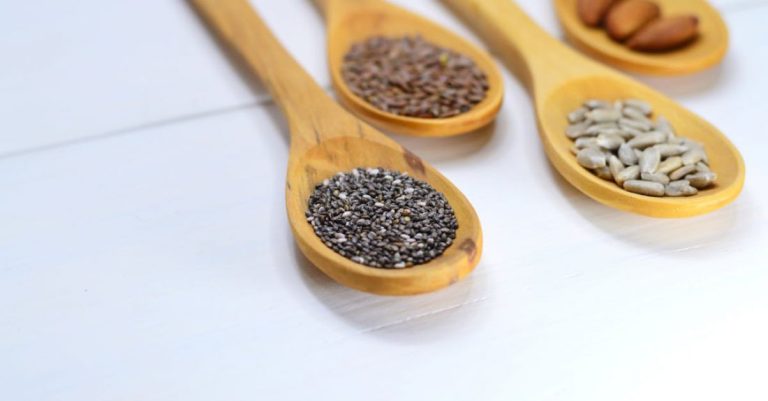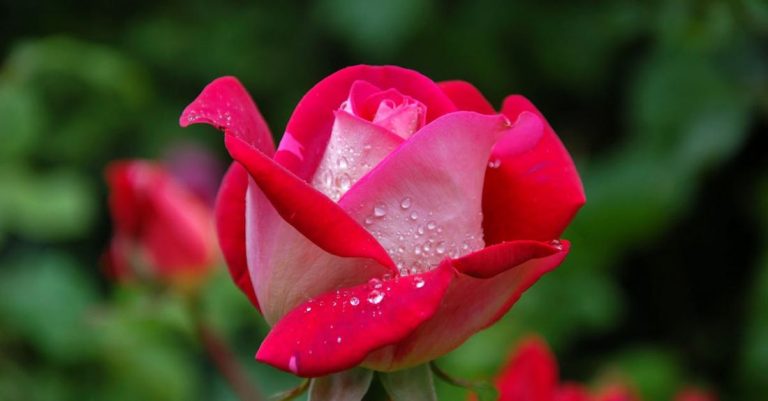
Seasonal Mulching Practices: Enhancing Your Garden Year-Round
Maintaining a healthy and vibrant garden requires more than just regular watering and pruning. Mulching is a crucial practice that can benefit your plants in various ways throughout the year. By understanding the best seasonal mulching practices, you can provide your garden with the necessary protection and nutrients it needs to thrive in every season.
Spring Mulching: Setting the Stage for Growth
As the temperature starts to rise and plants begin to awaken from their winter slumber, spring is the perfect time to apply mulch to your garden beds. Spring mulching serves multiple purposes, including moisture retention, weed suppression, and soil temperature regulation. When choosing mulch for the spring season, opt for organic materials such as straw, compost, or shredded leaves. These materials will help enrich the soil as they break down, providing essential nutrients to your plants as they start their growing season.
Summer Mulching: Beating the Heat and Conserving Moisture
Summer can be a challenging time for gardeners, with scorching temperatures and intense sunlight putting stress on plants. Mulching during the summer months is crucial for conserving moisture in the soil and protecting plant roots from heat stress. Organic mulches like wood chips or grass clippings are excellent choices for summer mulching, as they can regulate soil temperature and reduce water evaporation. Apply a layer of mulch around your plants, making sure to leave some space around the stems to prevent rot.
Fall Mulching: Preparing for Winter and Nutrient Absorption
As the days grow shorter and temperatures begin to drop, it’s time to prepare your garden for the winter ahead. Fall mulching plays a vital role in protecting plant roots from freezing temperatures and providing insulation against harsh winter conditions. Additionally, mulching in the fall can help improve soil structure and promote nutrient absorption for next year’s growing season. Consider using materials such as pine straw, bark chips, or shredded newspaper for fall mulching, as they can provide an extra layer of protection for your plants during the winter months.
Winter Mulching: Maintaining Soil Health and Preventing Erosion
While winter may seem like a dormant period for your garden, mulching during this season can still offer benefits to your plants and soil. Winter mulching helps maintain soil health by preventing erosion, reducing compaction, and protecting plant roots from frost heaving. Evergreen boughs, straw, or shredded leaves are excellent choices for winter mulching, as they can provide insulation and protection for your plants during the colder months. Apply a thick layer of mulch around your plants, paying extra attention to vulnerable areas that may be exposed to harsh winter conditions.
The Benefits of Year-Round Mulching Practices
By incorporating seasonal mulching practices into your gardening routine, you can provide your plants with the care and protection they need to thrive throughout the year. From moisture retention and weed suppression to soil temperature regulation and nutrient absorption, mulching offers a range of benefits that can improve the health and vitality of your garden. Experiment with different types of mulch materials and techniques to find the best approach for your specific plants and growing conditions.
In conclusion, seasonal mulching is a simple yet effective way to enhance the health and longevity of your garden. By following the best mulching practices for each season, you can create a thriving ecosystem that supports healthy plant growth and minimizes the impact of environmental stressors. So, roll up your sleeves, grab your mulch materials, and get ready to give your garden the care and attention it deserves year-round.





